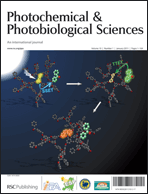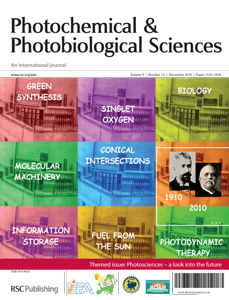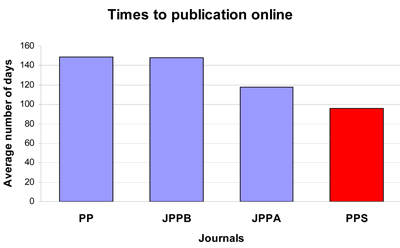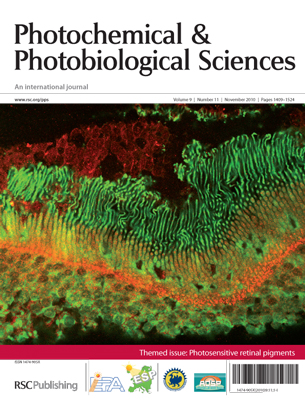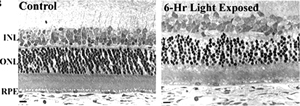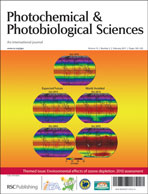 The February 2011 issue of PPS has been published online. This issue contains the 2010 assessment from the Environmental Effects Assessment Panel of the the United Nations Environment Programme.
The February 2011 issue of PPS has been published online. This issue contains the 2010 assessment from the Environmental Effects Assessment Panel of the the United Nations Environment Programme.
The papers in the issue review the latest research on the depletion of the ozone layer and the effects of UV radiation on human health, the environment and materials.
In the 1980s the “ozone hole” was big news and “slip, slop, slap and wrap” and similar campaigns have been heavily promoted in some parts of the world, so it is very interesting reading in the report how effective the Montreal Protocol has been, with the mid-latitude ozone predicted to reach pre-1980 levels by the middle of this century.
Climate change is, of course, not the same as ozone depletion, but the two atmospheric phenomena can’t exist in isolation and the report discusses their interactions. Although the ozone layer is recovering, the report points out that changes in climate (e.g. cloud cover, pollution, other aerosols) also affect the amount of UV-B that reaches the Earth’s surface. Because future climate change is less certain, this means that the effects of UV on health and the environment are still difficult to predict.
Full reports from UNEP have been published every four years (the last was in the March 2007 issue of PPS), and PPS has also published annual progress reports.
As well as the detailed papers, the issue also includes an Executive summary and a FAQ.
Read the whole issue now.











